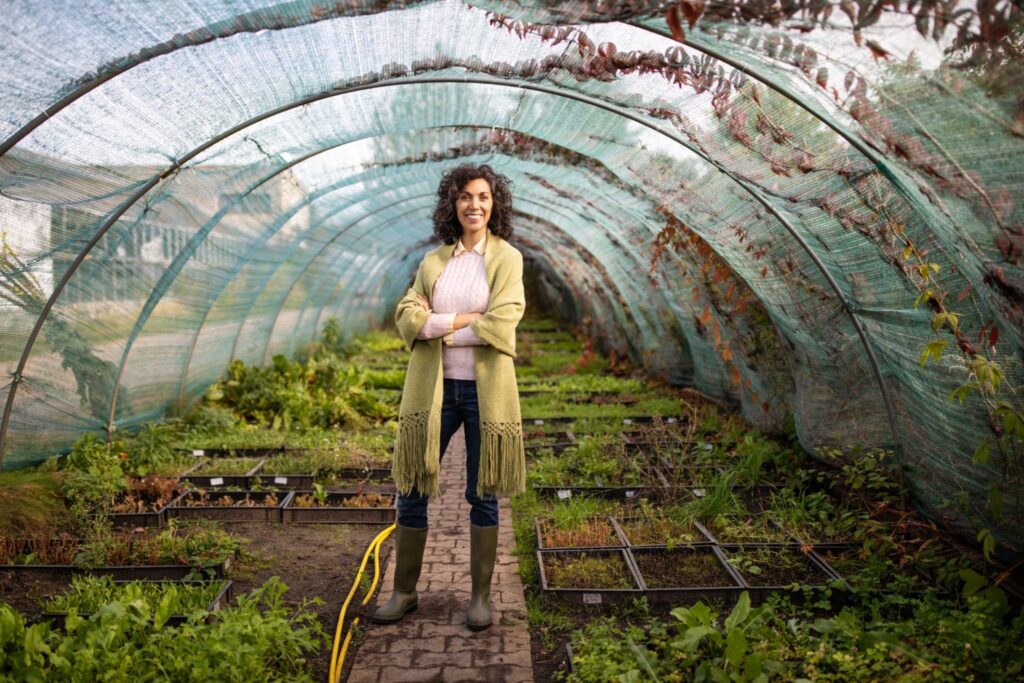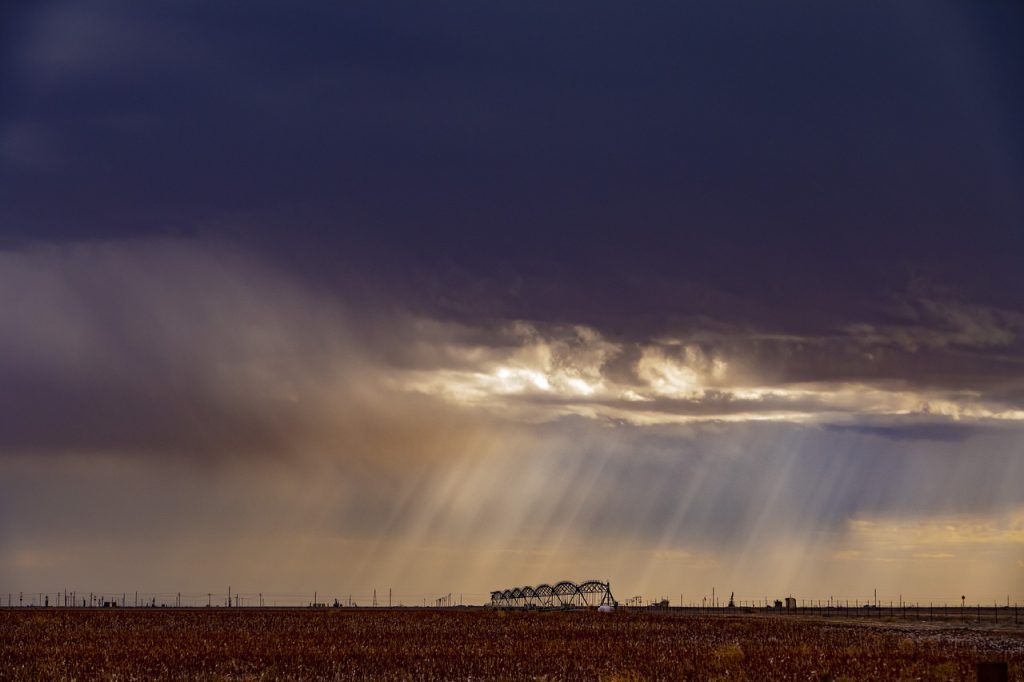The world’s population is expected to reach 9.7 billion by 2050, which means that the demand for food will continue to rise. In order to meet this demand, the agricultural industry will need to adapt and innovate. In this article, we will explore the future of agriculture and the changes we can expect to see in the industry.
Precision Agriculture
One of the biggest changes we can expect to see in the future of agriculture is the rise of precision agriculture. Precision agriculture involves using data and technology to optimize farming practices and increase efficiency. Farmers can use sensors and drones to collect data on soil quality, weather patterns, and crop health, allowing them to make data-driven decisions on everything from when to plant to how much fertilizer to apply. Precision agriculture can help farmers reduce waste and increase yields, while also reducing their impact on the environment.
Vertical Farming
Another change we can expect to see in the future of agriculture is the rise of vertical farming. Vertical farming involves growing crops in vertically stacked layers, using artificial lighting and controlled environments to optimize growing conditions. Vertical farming has the potential to increase the yield of crops per square foot of land, reduce water usage, and eliminate the need for pesticides. As urban populations continue to grow, vertical farming could also provide fresh produce to city residents.
Read more about What is Vertical Agriculture and Why it is important
Sustainable Farming Practices
Sustainability has become a major focus in many industries, and agriculture is no exception. We can expect to see an increasing emphasis on sustainable farming practices, such as crop rotation, reduced tillage, and cover cropping. These practices can help reduce soil erosion and degradation, improve soil health, and increase biodiversity. Additionally, sustainable farming practices can help reduce the carbon footprint of the agricultural industry.
Robotics and Automation
The use of robotics and automation is already common in many industries, and we can expect to see it become more prevalent in agriculture as well. Robotics and automation can help farmers reduce labor costs and increase efficiency. For example, robots can be used to plant and harvest crops, while automated systems can monitor and adjust growing conditions. The use of robotics and automation can also help reduce the physical strain on farmers.
Plant-Based Alternatives
As concerns about the environmental impact of animal agriculture continue to grow, we can expect to see an increase in plant-based alternatives to traditional meat and dairy products. Plant-based products are becoming increasingly popular, and we can expect to see more innovation in this area in the coming years. This could include the development of new plant-based protein sources, such as algae or insects, and the use of gene editing to improve the nutritional content of crops.
Biotechnology
Advances in biotechnology are also expected to play a major role in the future of agriculture. Gene editing technology, such as CRISPR, can be used to develop crops that are more resistant to disease or pests, as well as crops that can tolerate extreme weather conditions. Biotechnology can also be used to improve the nutritional content of crops or develop new plant-based products.
Data Analytics
As with precision agriculture, data analytics will play an increasingly important role in the future of agriculture. Farmers will be able to use data analytics to track and optimize everything from planting schedules to fertilizer application rates. The use of data analytics can help farmers reduce waste and increase efficiency, leading to higher yields and greater profitability.
Read Our article on The role of technology in modern agriculture and how it is changing the industry
Conclusion
The future of agriculture is rapidly changing, and we can expect to see many new innovations in the industry in the coming years. From precision agriculture and vertical farming to sustainable farming practices and the use of robotics and automation, the agricultural industry is poised for significant transformation. As the demand for food continues to rise, farmers will need to embrace new technologies and techniques in order to meet this demand


